Product Overview
Sildenafil ODT is an oral disintegrating tablet that delivers sildenafil, a selective phosphodiesterase type 5 (PDE5) inhibitor originally developed for cardiovascular research but now widely used to treat male erectile dysfunction (ED). By formulating the active drug into a rapidly dissolving tablet, the preparation allows patients who dislike or cannot swallow conventional pills to achieve therapeutic exposure without water, a convenience that may encourage adherence and improve overall treatment satisfaction[1]. Each individually compounded oral disintegrating tablet-available in 17 mg, 36 mg, 60 mg, 80 mg, and 115 mg strengths-dissolves on the tongue within seconds, entering the systemic circulation via the oropharyngeal mucosa before the residue is swallowed, potentially shortening perceived onset time compared with standard film-coated tablets. Because this medication is prepared in a 503A compounding pharmacy, every batch is made against a patient-specific prescription under United States Pharmacopeia (USP) standards; however, the formulation itself has not been reviewed or approved by the U.S. Food and Drug Administration, and its clinical performance rests on the prescriber’s judgment and the pharmacist’s quality controls[2].
For erectile dysfunction, prescribers typically initiate therapy at a strength approximating 50 mg taken once as needed, 30-60 minutes before anticipated sexual activity, with a maximum frequency of one dose per 24 hours. Depending on tolerability and clinical response, the dose may be titrated downward (e.g., 25 mg equivalent) or upward to a maximum of 100 mg; the availability of 17 mg to 115 mg ODTs permits finely graduated adjustments[9]. Doses should be taken on an empty stomach or after a light meal, as large, high-fat meals delay absorption and can blunt onset of action[10]. In pulmonary arterial hypertension-a distinct indication occasionally managed with sildenafil-dosing shifts to a fixed thrice-daily schedule of roughly 20 mg equivalents, but such use demands specialist oversight and careful adjustment in hepatic or renal impairment[10].
Erection begins with sexual stimulation that triggers parasympathetic release of nitric oxide in the corpora cavernosa, raising intracellular cyclic guanosine monophosphate (cGMP) which relaxes smooth muscle and dilates penile arterioles. PDE5 rapidly degrades cGMP; by competitively inhibiting that enzyme, sildenafil slows cGMP breakdown, prolonging smooth-muscle relaxation, increasing cavernosal blood volume, and enabling erection only in the presence of sexual arousal[3]. The drug exhibits high selectivity for PDE5 over most other phosphodiesterase isoforms, yet weak inhibition of retinal PDE6 explains the transient bluish visual hue some patients report[4]. After oral administration, peak plasma concentrations arise in roughly one hour; the ODT vehicle, which disperses across the oral mucosa, may hasten initial absorption, although overall bioavailability remains similar to that of conventional tablets. Hepatic CYP3A4 (and, to a lesser extent, CYP2C9) transforms sildenafil into an active N-desmethyl metabolite, followed by renal and fecal elimination; terminal half-life averages four hours[4].
Sildenafil ODT must never be used with any form of organic nitrates-including short-acting sublingual nitroglycerin, long-acting nitrate patches, or recreational amyl nitrite-because synergistic vasodilation can precipitate catastrophic hypotension. Additional contraindications encompass concomitant therapy with soluble guanylate-cyclase stimulators such as riociguat; known hypersensitivity to sildenafil or excipients; severe cardiac conditions that render sexual activity unsafe; and previous episodes of non-arteritic anterior ischemic optic neuropathy or hereditary degenerative retinal disorders, in which case the risk of vision loss may outweigh potential benefit[5].
Beyond the absolute prohibition against nitrates, additive blood-pressure reduction may occur when sildenafil is combined with α-adrenergic antagonists or substantial ethanol intake, so patients should be hemodynamically stable on those agents before introducing the ODT. Strong CYP3A4 inhibitors-including ritonavir, ketoconazole, and clarithromycin-raise sildenafil exposure several-fold, necessitating the lowest feasible dose and extended dosing intervals, whereas potent CYP3A4 inducers such as rifampin can diminish efficacy and may compel upward titration or alternative therapy. Grapefruit products, through intestinal CYP3A4 inhibition, can likewise increase plasma concentrations and should be avoided on dosing days[6].
Headache, facial flushing, nasal congestion, dyspepsia, and dizziness represent the most frequently reported adverse events and are generally dose related, transient, and mild to moderate in intensity. Visual disturbances-most commonly a blue-tinted perception or heightened light sensitivity-arise from off-target retinal PDE6 inhibition and usually resolve within hours. Rare but serious outcomes include priapism lasting longer than four hours, sudden sensorineural hearing loss, myocardial infarction in predisposed individuals during intercourse, and non-arteritic anterior ischemic optic neuropathy; any persistent erection or abrupt vision or hearing change mandates immediate medical attention[7].
The product is intended for use in men; nevertheless, limited animal data show no teratogenicity, and human experience during pregnancy remains insufficient to establish safety, so sildenafil should be employed in pregnant or lactating individuals only when potential maternal benefit clearly outweighs fetal or neonatal risk.
Because the drug and its metabolites could theoretically pass into breast milk, nursing mothers are advised to avoid exposure unless no viable alternative exists and close monitoring is possible[8].
Keep Sildenafil ODT tightly sealed in its original container at controlled room temperature, 20 - 25 °C (68 - 77 °F), protected from excessive heat, moisture, and direct light. Because the tablets disintegrate upon moisture contact, bathrooms and kitchens are unsuitable storage sites. Discard any unused tablets after the pharmacy’s beyond-use date and employ authorized drug take-back programs whenever possible; never leave medication within reach of children or pets[11].
- Goldstein, I., Burnett, A. L., Rosen, R. C., Park, P. W., & Stecher, V. J. (2019). The serendipitous story of sildenafil: An unexpected oral therapy for erectile dysfunction. Sexual Medicine Reviews, 7(1), 115-128. https://doi.org/10.1016/j.sxmr.2018.05.004
- Hatzimouratidis, K., Eardley, I., Giuliano, F., et al. (2021). European Association of Urology guidelines on erectile dysfunction: 2021 update. European Urology, 79(3), 364-379. https://doi.org/10.1016/j.eururo.2020.11.021
- Smith, B. P., & Babos, M. (2023). Sildenafil. In StatPearls. StatPearls Publishing.
- Gong, Z., & Liu, J. (2024). Pharmacokinetics of rapidly dispersing sildenafil formulations. Drug Delivery, 31(2), 152-161. https://doi.org/10.1080/10717544.2023.2291184
- Kloner, R. A., & Zusman, R. M. (2022). Interactions between PDE5 inhibitors and nitrates. American Journal of Cardiology, 179, 123-129. https://doi.org/10.1016/j.amjcard.2022.01.045
- Jannini, E. A., Santi, G., & Corona, G. (2020). Drug-drug interactions with phosphodiesterase type 5 inhibitors. International Journal of Impotence Research, 32(4), 409-417. https://doi.org/10.1038/s41443-019-0222-0
- Mulhall, J. P., Burnett, A. L., Wang, R., et al. (2023). Adverse events of phosphodiesterase type 5 inhibitors: 25 years of experience. Journal of Sexual Medicine, 20(2), 167-179. https://doi.org/10.1016/j.jsxm.2022.12.003
- Espinoza, J., Krampl, E., & Cackovic, M. (2022). Maternal and fetal safety of sildenafil: A systematic review. Obstetrics & Gynecology, 139(6), 1045-1056. https://doi.org/10.1097/AOG.0000000000004817
- National Health Service. (2022). How and when to take sildenafil. NHS Medicines Information.
- DailyMed. (2023). Viagra (sildenafil citrate) prescribing information. U.S. National Library of Medicine.
- Mayo Clinic. (2025). Proper use and storage of sildenafil. Mayo Foundation for Medical Education and Research.
- MedlinePlus. (2023). Sildenafil drug information. U.S. National Library of Medicine.
- Greenstein, A., Chen, J., & Bar-Yosef, Y. (2023). Effect of fasting and fed states on sildenafil onset of action. Urology, 173, 112-117. https://doi.org/10.1016/j.urology.2022.10.012
- The FDA Group. (2021, November 16). 503A vs 503B: Compounding pharmacy designations & regulations.
- Primary Care Notebook. (2023). Nitrates and sildenafil-clinical guidance.
- Patel, R., Dillard, C., & Bowman, B. (2021). Alcohol interactions with phosphodiesterase type 5 inhibitors. Current Medical Research & Opinion, 37(5), 789-795. https://doi.org/10.1080/03007995.2021.1894879
- UpToDate. (2025). Management of men with erectile dysfunction using PDE5 inhibitors. Wolters Kluwer.
- Drugs.com AHFS Monograph. (2025). Sildenafil. American Society of Health-System Pharmacists.
- Hsu, C. K., Lee, J. Y., & Lin, P. W. (2022). Visual adverse events of sildenafil: An updated review. Ophthalmology, 129(4), 405-412. https://doi.org/10.1016/j.ophtha.2021.09.011
- Ortiz, R., Jennings, J., & Rajfer, J. (2024). Priapism associated with phosphodiesterase inhibitors: Incidence, mechanisms, and management. Journal of Urology, 211(1), 17-25. https://doi.org/10.1097/JU.0000000000003290
- Kluver, A., Shah, T., & Foster, R. (2023). Stability of compounded sildenafil oral disintegrating tablets under various storage conditions. International Journal of Pharmaceutics, 638, 121863. https://doi.org/10.1016/j.ijpharm.2023.121863
What is Sildenafil ODT and why is it prescribed?
It is a patient-specific oral disintegrating tablet compounded to deliver sildenafil for the on-demand treatment of erectile dysfunction in men[12].
How quickly will the ODT begin working?
Although individual response varies, many users notice effects within 15 - 30 minutes, with the full window for onset ranging from 15 minutes to four hours after dosing[13].
Is this compounded formulation approved by the FDA?
No; compounded preparations are exempt from FDA pre-market approval and rely on pharmacist and prescriber oversight rather than agency evaluation[14].
Do I need a prescription?
Yes; U.S. federal law restricts sildenafil to prescription-only status, and 503A pharmacies may compound it only upon receipt of a valid, patient-specific order[15].
Who should not take it?
Anyone using organic nitrates or riociguat, or men advised to avoid sexual exertion because of unstable cardiovascular disease, must not use sildenafil[16].
Can I take the tablet with a heavy meal?
A high-fat or bulky meal can delay absorption, so taking the ODT on an empty stomach or after a light snack is recommended for faster onset[17].
What side effects should I watch for?
The most common are headache and flushing; seek immediate care for vision changes, hearing loss, chest pain, or an erection persisting longer than four hours[18].
May I drink alcohol while using Sildenafil ODT?
Moderate alcohol is usually tolerated, but large amounts can counteract erectile response and increase dizziness from combined vasodilation[19].
What if the medicine fails to work?
Verify proper timing and conditions, then consult your clinician about dose adjustment or further evaluation; do not exceed one dose in 24 hours[20].
How should I store leftover tablets?
Keep them dry at room temperature, secured from children, and dispose of any unused supply via a pharmacy take-back service when it expires[21].
Disclaimer: This compounded medication is prepared under Section 503A of the U.S. Federal Food, Drug, and Cosmetic Act. Safety and efficacy for this formulation have not been evaluated by the FDA. Therapy should be initiated and monitored only by qualified healthcare professionals.
Administration Instructions
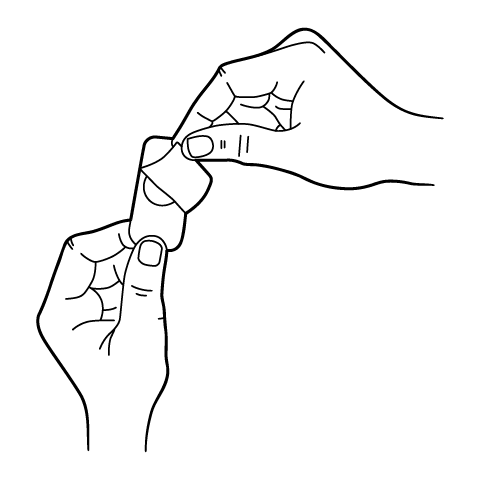
ODT and Troches Instructions
503A vs 503B
- 503A pharmacies compound products for specific patients whose prescriptions are sent by their healthcare provider.
- 503B outsourcing facilities compound products on a larger scale (bulk amounts) for healthcare providers to have on hand and administer to patients in their offices.
Frequently asked questions
Our team of experts has the answers you're looking for.
A clinical pharmacist cannot recommend a specific doctor. Because we are licensed in all 50 states*, we can accept prescriptions from many licensed prescribers if the prescription is written within their scope of practice and with a valid patient-practitioner relationship.
*Licensing is subject to change.
Each injectable IV product will have the osmolarity listed on the label located on the vial.

Given the vastness and uniqueness of individualized compounded formulations, it is impossible to list every potential compound we offer. To inquire if we currently carry or can compound your prescription, please fill out the form located on our Contact page or call us at (877) 562-8577.
We source all our medications and active pharmaceutical ingredients from FDA-registered suppliers and manufacturers.

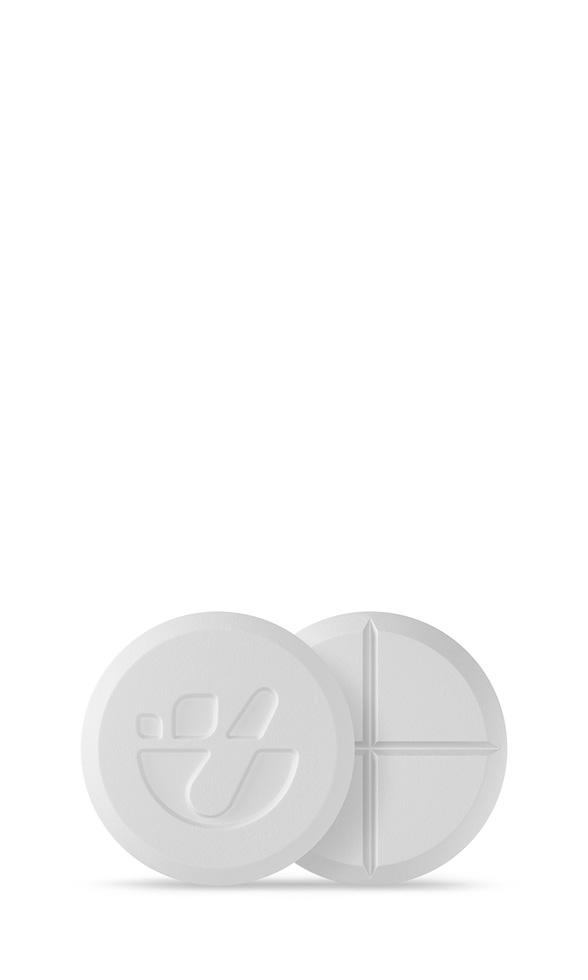
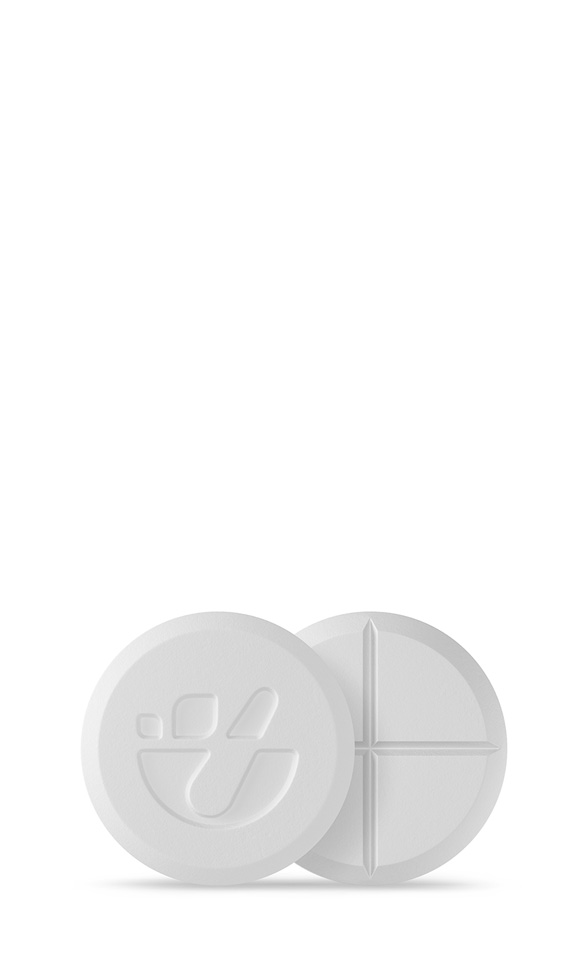 Tadalafil ODT
Tadalafil ODT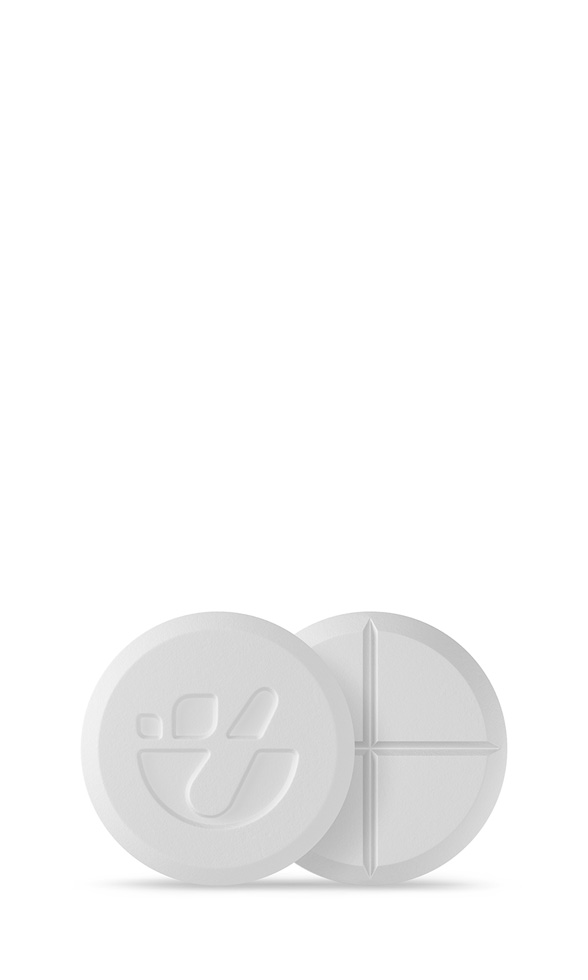 Sildenafil / Tadalafil ODT
Sildenafil / Tadalafil ODT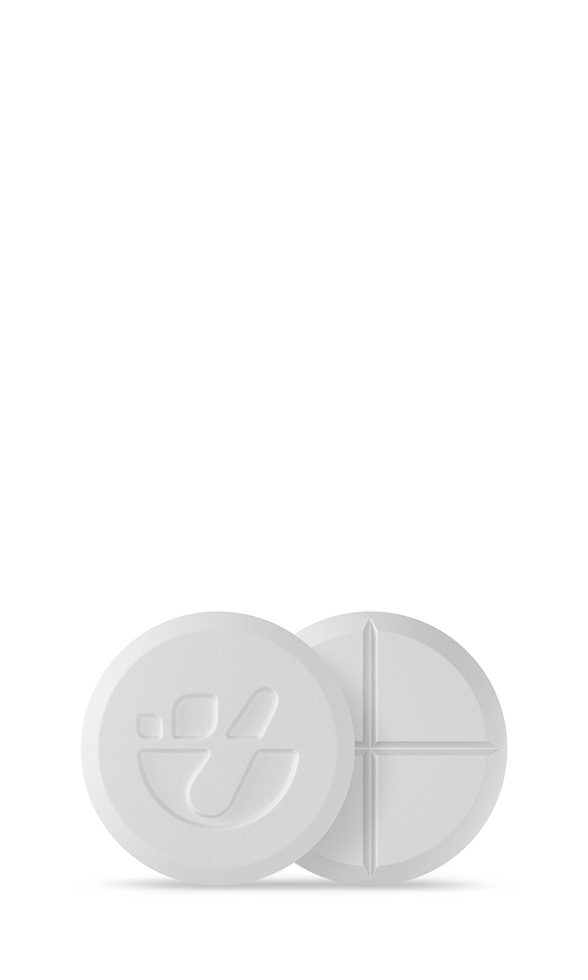 Sildenafil / Oxytocin ODT
Sildenafil / Oxytocin ODT Sildenafil / Testosterone Troches
Sildenafil / Testosterone Troches Sildenafil / Apomorphine HCl Troches
Sildenafil / Apomorphine HCl Troches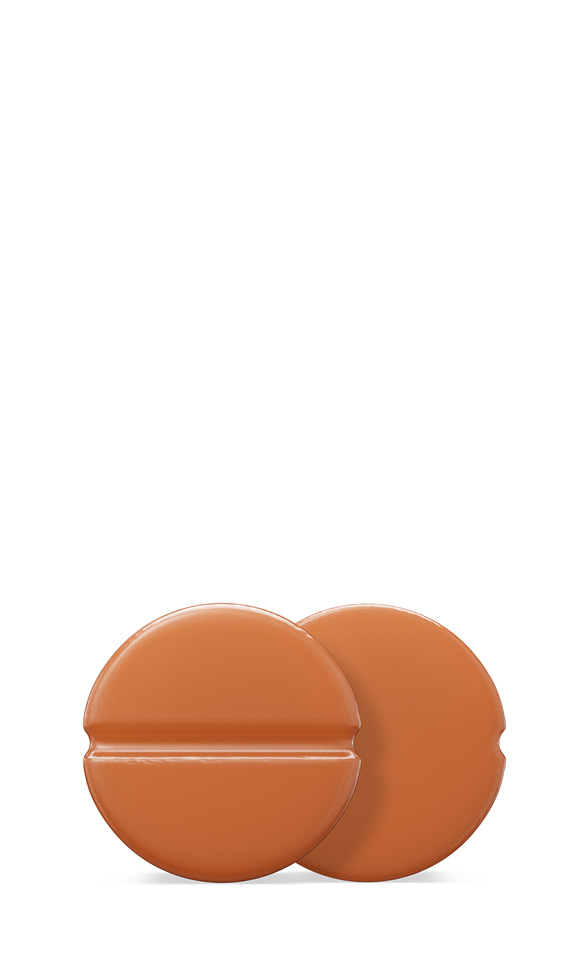 Tadalafil Troches
Tadalafil Troches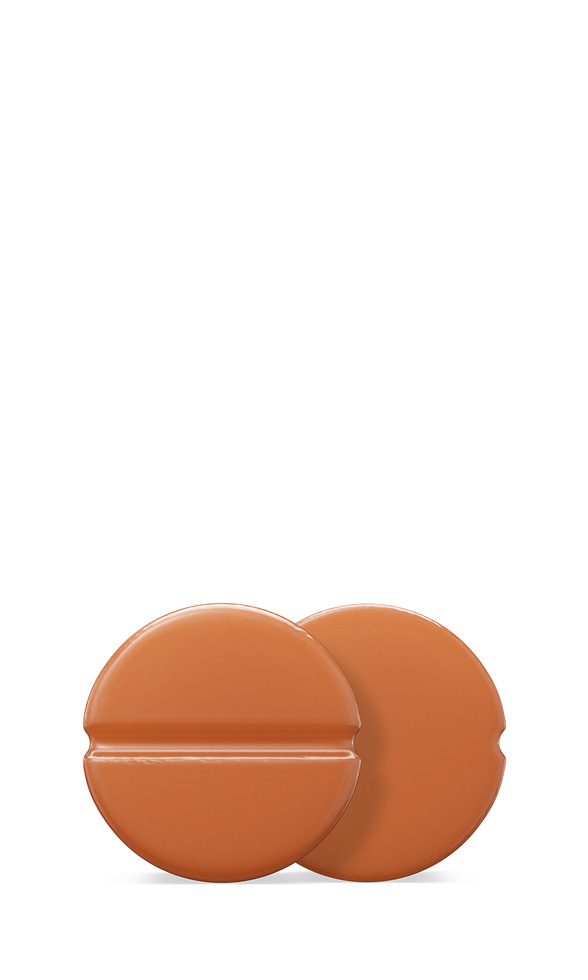 Tadalafil / Tramadol HCl Troches
Tadalafil / Tramadol HCl Troches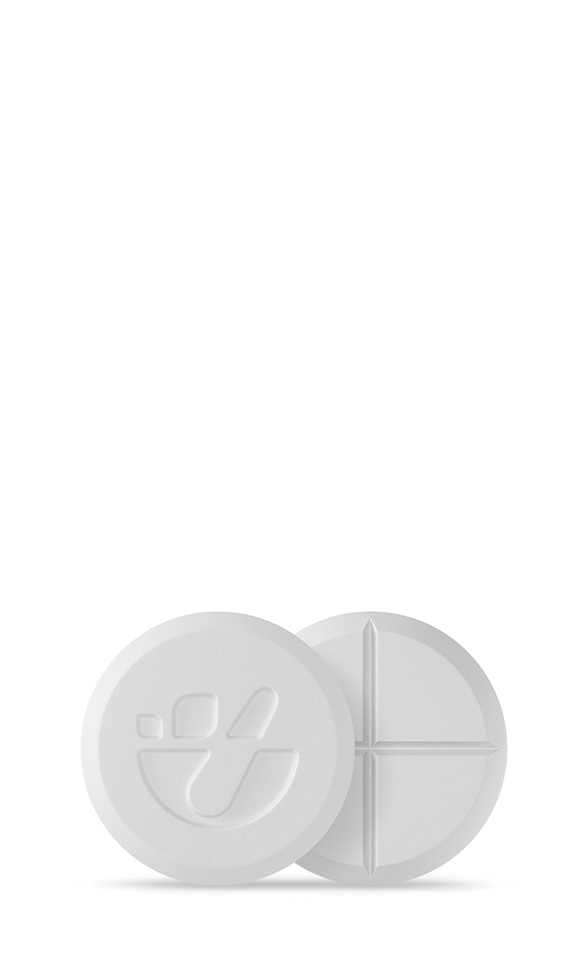 Tadalafil / Oxytocin ODT
Tadalafil / Oxytocin ODT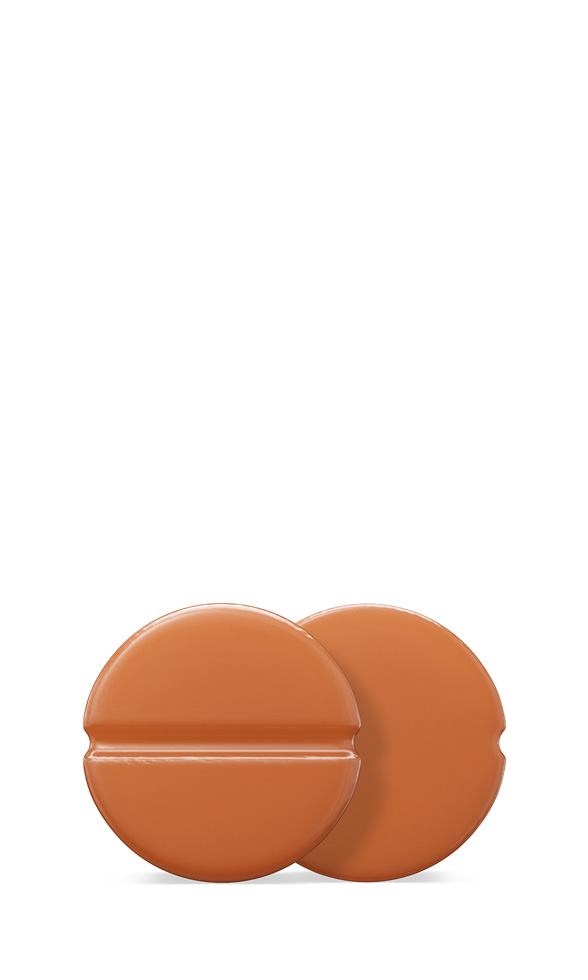 Tadalafil / Apomorphine HCl Troches
Tadalafil / Apomorphine HCl Troches